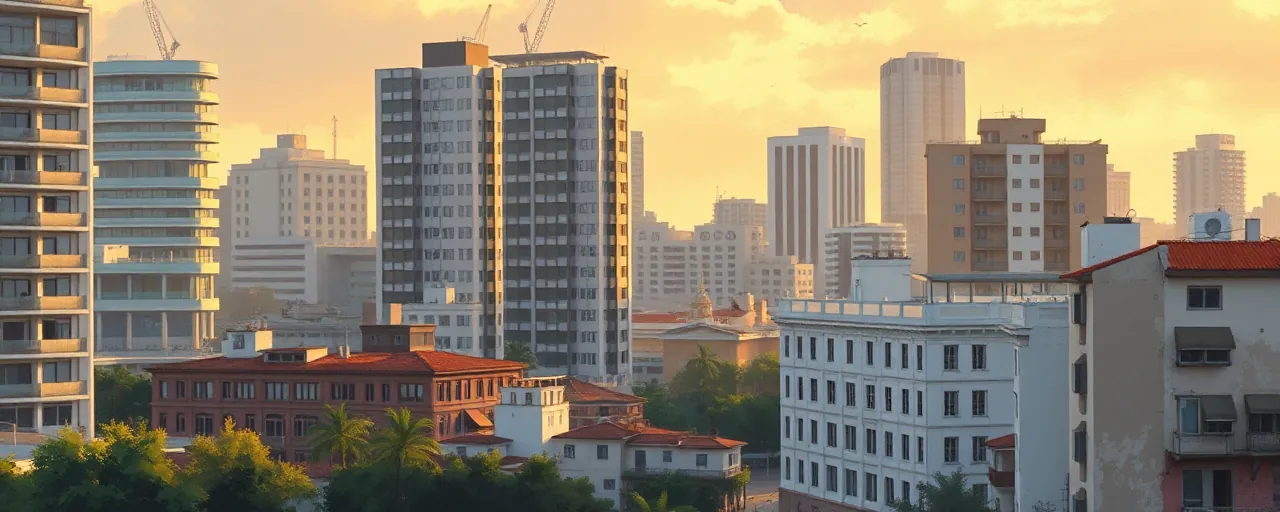A Strategic Journey Begins
Next week, U.S. Defense Secretary Pete Hegseth will board a plane bound for Panama City, Panama, a trip that promises to stir the pot of Central American security dynamics. His itinerary includes the Central American Security Conference (CENTSEC), a high-stakes gathering set for April 8-10, 2025, where leaders from across the region will hash out solutions to shared challenges like drug trafficking and cyber threats. It’s a moment that could shape how nations work together in a part of the world where stability often hangs by a thread.
Hegseth’s visit isn’t just a diplomatic photo op. After Panama, he’ll head to Eglin Air Force Base in Florida to meet with the 7th Special Forces Group, a unit with deep roots in Latin America’s toughest fights. The dual-purpose trip underscores a broader U.S. push to strengthen partnerships and flex military muscle in a region facing complex, border-crossing problems. For everyday people, this could mean safer streets or steadier trade, but the stakes are high, and the outcomes are far from certain.
Tackling Transnational Trouble
The CENTSEC conference, co-hosted by U.S. Southern Command and Panama’s Ministry of Public Security, zeroes in on joint operations and cybersecurity. Leaders will wrestle with issues like organized crime and illegal migration, threats that don’t respect borders and hit hard at local communities. Panama’s role as host is no accident; its canal is a global lifeline, and keeping it secure matters to everyone from truck drivers in Ohio to shopkeepers in Seoul. Hegseth’s bilateral meetings with regional officials aim to lock in cooperation, building on exercises like PANAMAX Alpha that test how well forces can respond together.
Meanwhile, the 7th Special Forces Group’s recent work offers a glimpse of what’s at play. In February 2025, 11 Green Berets trained Mexican marines in Campeche, sharpening their skills against cartels and other unconventional foes. This follows decades of the group’s efforts across Central and South America, from battling Cold War insurgencies in El Salvador to curbing cocaine flows in Colombia. Their expertise in training local forces could tip the scales in places where governments struggle to keep the peace.
A Partnership Under Pressure
U.S.-Panama ties have a long, tangled history, stretching back to the Panama Canal’s birth in 1903. Today, the relationship thrives on practical teamwork, like the 80 tons of drugs seized in 2024 with U.S. help or biometric systems now tracking criminals in the Darién jungle. Yet, not everyone’s cheering. Some Panamanians question how much sovereignty they trade for this support, a debate that echoes the canal’s handover in 1999. Hegseth’s visit might ease those tensions or stir them up, depending on what’s promised behind closed doors.
Elsewhere in the region, the U.S. footprint sparks mixed reactions. Honduras hosts Soto Cano Airbase, a hub for disaster relief and drug busts, but its leaders have hinted at rethinking the deal over U.S. immigration policies. Guatemala and Belize, meanwhile, have welcomed equipment and aircraft to bolster their defenses. These partnerships deliver results, like safer borders, but they also raise hard questions about who benefits most and how long the goodwill lasts.
What’s at Stake for the Region
For people living in Central America, the ripple effects of Hegseth’s trip could hit close to home. Stronger militaries and tighter security might mean fewer drugs flooding neighborhoods or less chaos spilling over borders. Joint efforts, like the cybersecurity push with the Panama Canal Authority, could protect jobs tied to trade. But there’s a flip side: heavier U.S. involvement sometimes fuels local unease about foreign influence, a sentiment rooted in decades of intervention, from the 1989 Panama invasion to Cold War proxy fights.
The broader picture shows a region at a crossroads. Transnational threats aren’t slowing down, and nations here need each other, and the U.S., to tackle them. CENTSEC and the 7th Special Forces Group’s work signal a commitment to that fight, but success hinges on trust and follow-through. If it works, everyday folks might see more stability; if it falters, the gaps could widen, leaving communities to fend for themselves.
Looking Ahead
Hegseth’s journey wraps up a busy stretch of U.S. outreach, from training missions in Mexico to equipment handoffs in Guatemala. It’s a chance to cement alliances and show that words at CENTSEC turn into action. The Panama Canal’s safety, the drug trade’s chokehold, and the region’s digital defenses all hang in the balance. For the Defense Secretary, it’s a tightrope walk between boosting partners and respecting their turf, a challenge as old as diplomacy itself.
As the plane lifts off next week, the real test begins. Central America’s security isn’t just a military puzzle; it’s about people, livelihoods, and the fragile hope for something better. Whether this trip delivers on that hope or just kicks the can down the road, one thing’s clear: the world’s watching, and the clock’s ticking.
